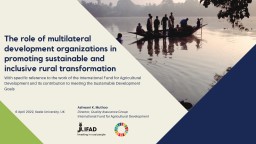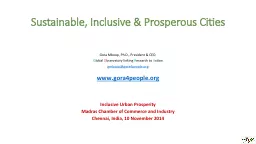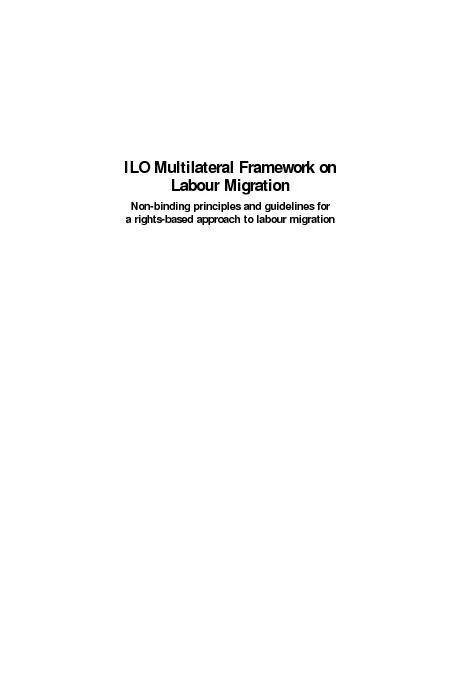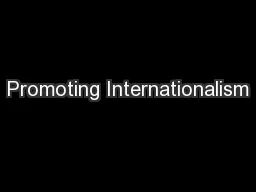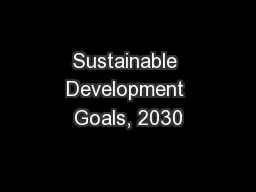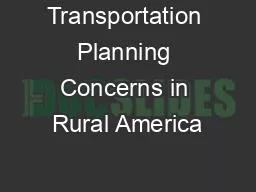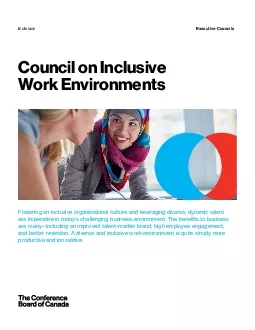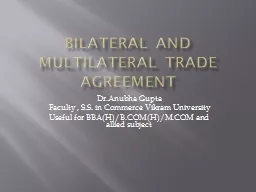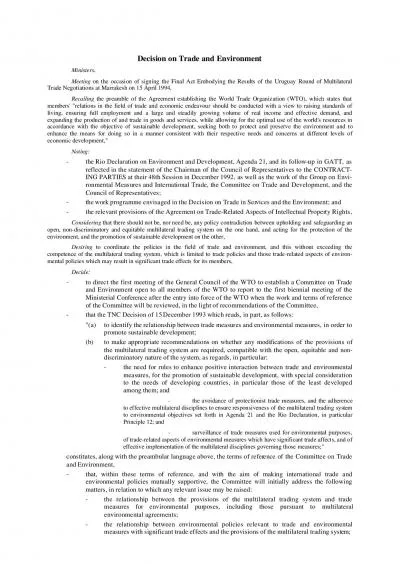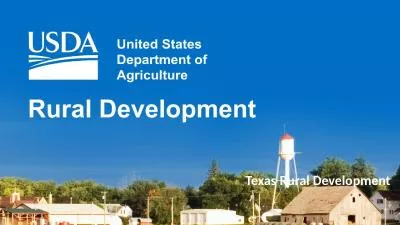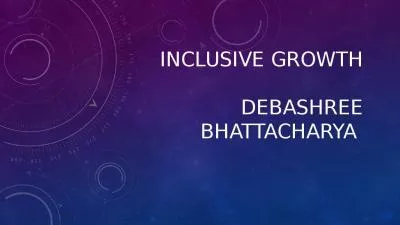PPT-The role of multilateral development organizations in promoting sustainable and inclusive
Author : della | Published Date : 2023-11-06
6 April 2022 Keele University UK Ashwani K Muthoo Director Quality Assurance Group International Fund for Agricultural Development Quality Assurance Group QAG With
Presentation Embed Code
Download Presentation
Download Presentation The PPT/PDF document "The role of multilateral development org..." is the property of its rightful owner. Permission is granted to download and print the materials on this website for personal, non-commercial use only, and to display it on your personal computer provided you do not modify the materials and that you retain all copyright notices contained in the materials. By downloading content from our website, you accept the terms of this agreement.
The role of multilateral development organizations in promoting sustainable and inclusive: Transcript
Download Rules Of Document
"The role of multilateral development organizations in promoting sustainable and inclusive"The content belongs to its owner. You may download and print it for personal use, without modification, and keep all copyright notices. By downloading, you agree to these terms.
Related Documents

